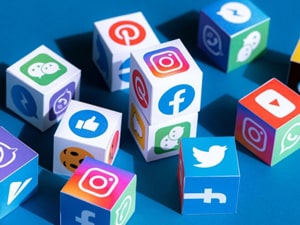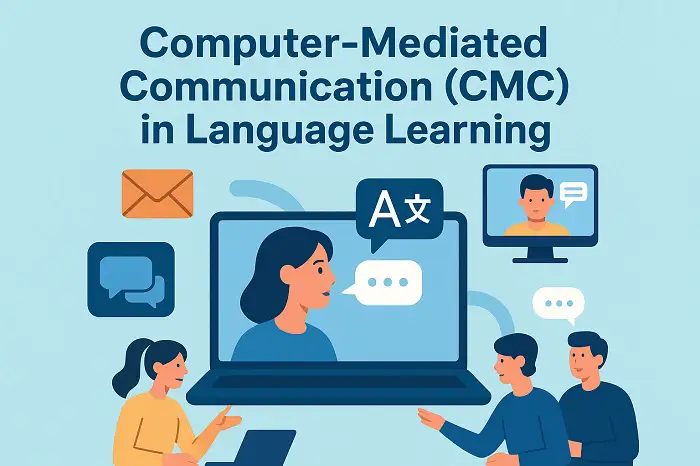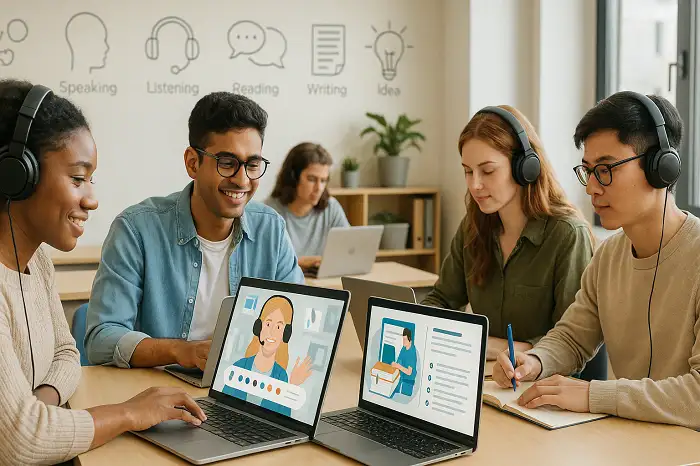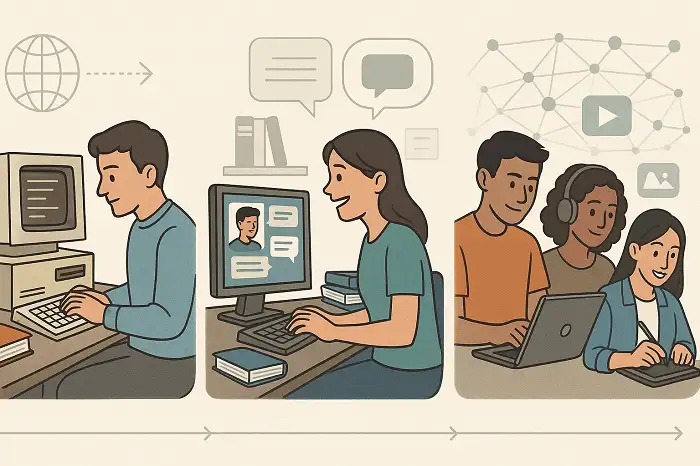IELTS Listening Practice Social Media IELTS Listening Practice Social Media About this activity This activity is labeled round table by Dr. Hariri, the creator and administrator of LELB Society. This activity is on the premise of Flipped Learning, according to which the students watch a video before the class, carry out research into the selected theme, and prepare themselves for an informed discussion in the class. This activity is on the basis of both synchronous and asynchronous computer-mediated communication (CMC), according to which the students are also encouraged to be active even before the class. In this flipped classroom activity, the students are encouraged to utilize the comment form at the bottom of the post to to exchange their questions, findings, and experiences with each ...
Home » Listening Practice in English » IELTS Listening Practice Social Media

IELTS Listening Practice Social Media
Updated: by Dr. Mohammad Hossein Hariri Asl
Time to Read: 5 minutes | 431 Views | 20 Comments on IELTS Listening Practice Social Media
Share This Post
About the Author
Dr. Mohammad Hossein Hariri Asl is an English and Persian instructor, educator, researcher, inventor, published author, blogger, SEO expert, website developer, entrepreneur, and the creator of LELB Society. He's got a PhD in TEFL (Teaching English as a Foreign Language).
Number of Posts: 4224



8. Why does online interaction tend to become more self-involved in comparison to face-to-face interaction?
7. Can your brain black out distraction and interference by social media?
It’s better to pluralize “distraction” ➡ distractions.
6. What is phantom vibration syndrome?
Phantom vibration syndrome is the sensation of feeling a vibration from a mobile device when there is no actual notification or call. This phenomenon occurs due to the brain’s habitual anticipation of alerts, causing people to believe their phone is vibrating even when it isn’t. It’s a common experience among frequent smartphone users and can lead to increased anxiety and a heightened sense of alertness. Though not a serious medical condition, it highlights the pervasive impact of technology on our sensory perceptions and cognitive processes.
5. How do social networks impact on our multi-tasking?
Social networks can have a significant impact on our ability to multitask by constantly diverting our attention with notifications, updates, and engaging content. When we switch between tasks to check social media, it disrupts our focus and reduces our cognitive performance, making it difficult to maintain deep concentration on any single activity. This fragmented attention can lead to increased stress and a feeling of being overwhelmed, as our brains struggle to juggle multiple demands simultaneously. While social networks offer valuable connections and information, their constant presence can hinder effective multitasking and productivity.
4. What are the effects of social media on relationships?
Social media can negatively impact family relationships by reducing the quality and quantity of face-to-face interactions. When family members are constantly glued to their screens, they miss out on meaningful conversations and shared experiences, leading to feelings of isolation and disconnection. This digital distraction can create misunderstandings and conflicts, as the nuances of communication are often lost or misinterpreted online.
3. Why don’t they control?
Your sentence is not complete. “Control” as a verb is transitive and it do needs an object which is hidden in your question.
Bravo Sasan and thank you very much indeed.
Just consider this minor point as well:
it do needs ➡ it does need
Thanks again, and please keep doing that.
You are welcome. Thanks for your correction.
It’s my pleasure. Anytime!
2. How many people do not control the using time of internet?
How many people cannot control the time spent online?
That’s right. Thank you for your accurate correction.
thank you, Sasan, for your correction
1. How many people are using social media?
As of early 2024, there are approximately 5.22 billion social media users worldwide, which is about 63.8% of the global population. This staggering number highlights the immense reach and influence of social media platforms across the globe, connecting people from all walks of life and enabling instant communication and information sharing.